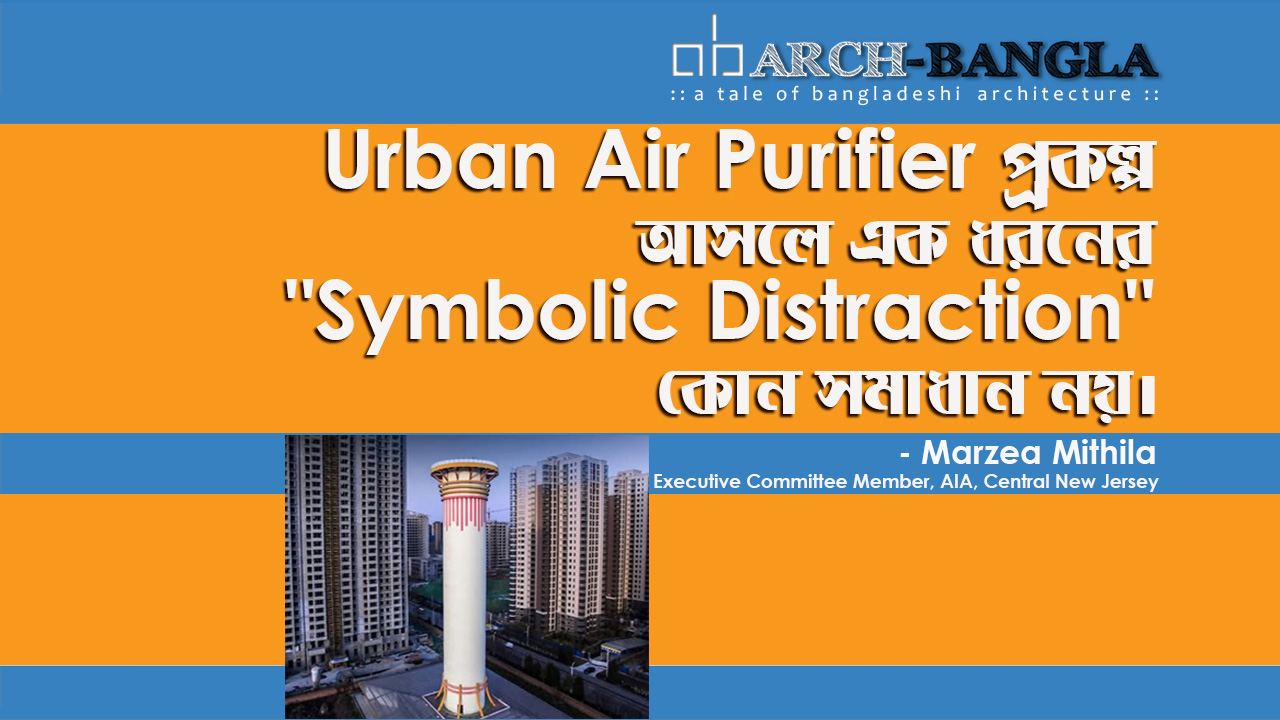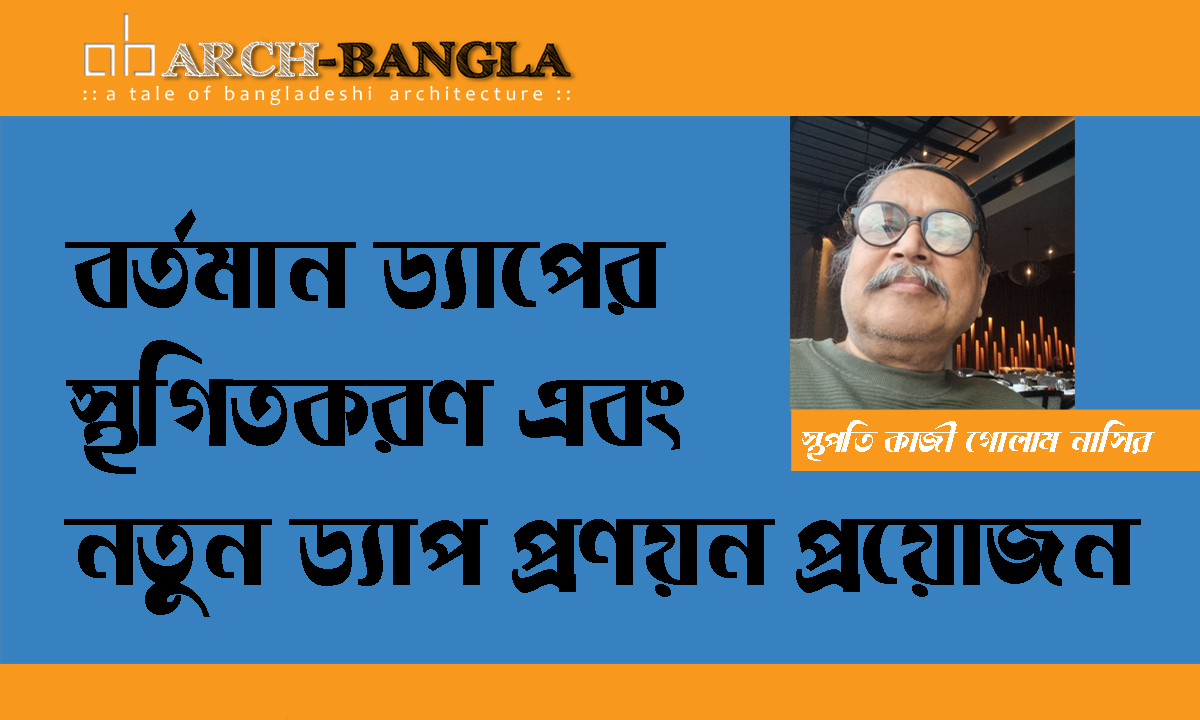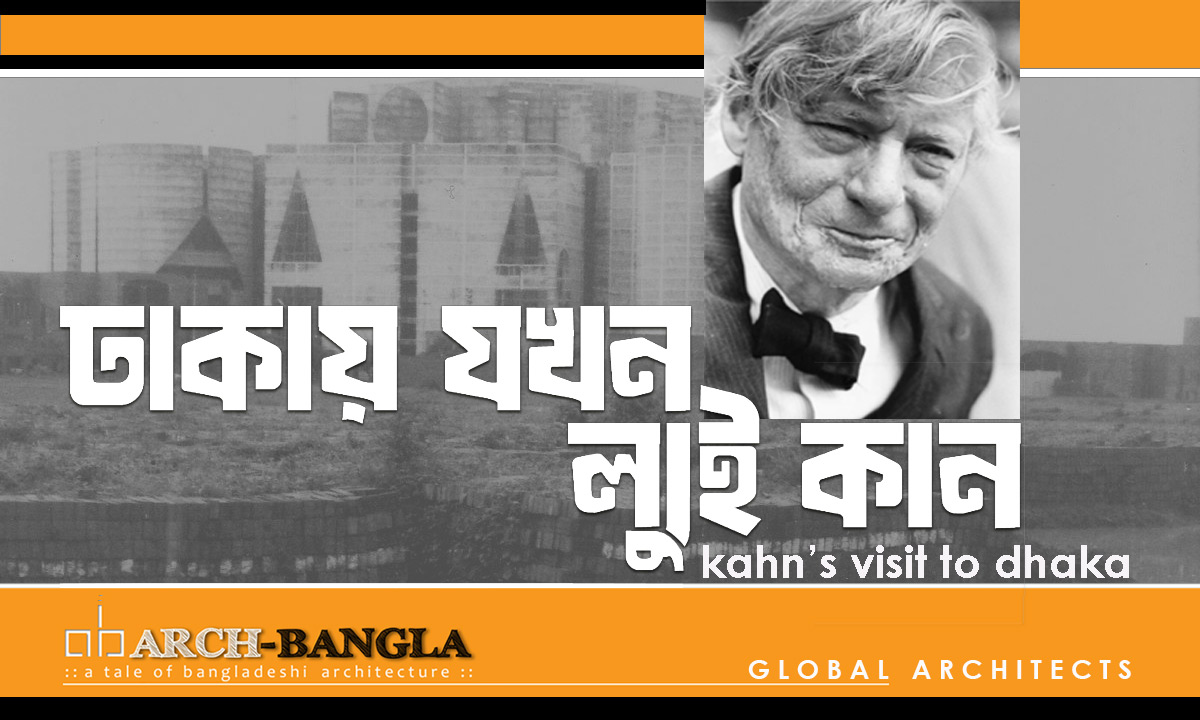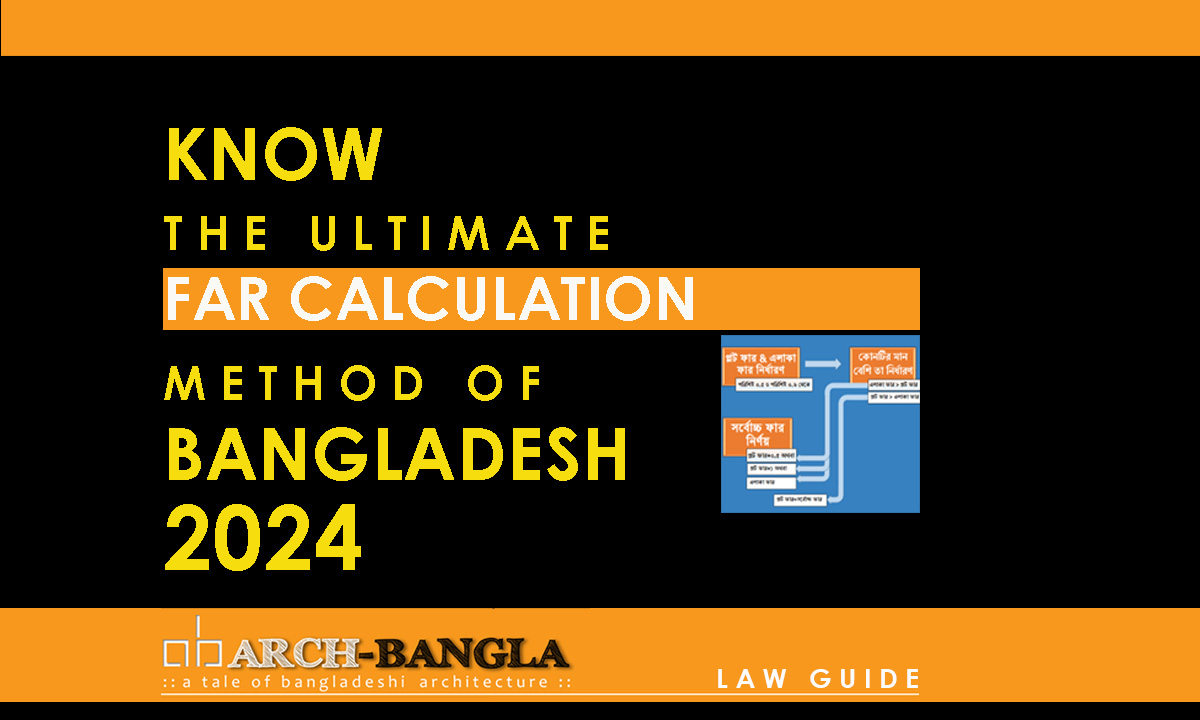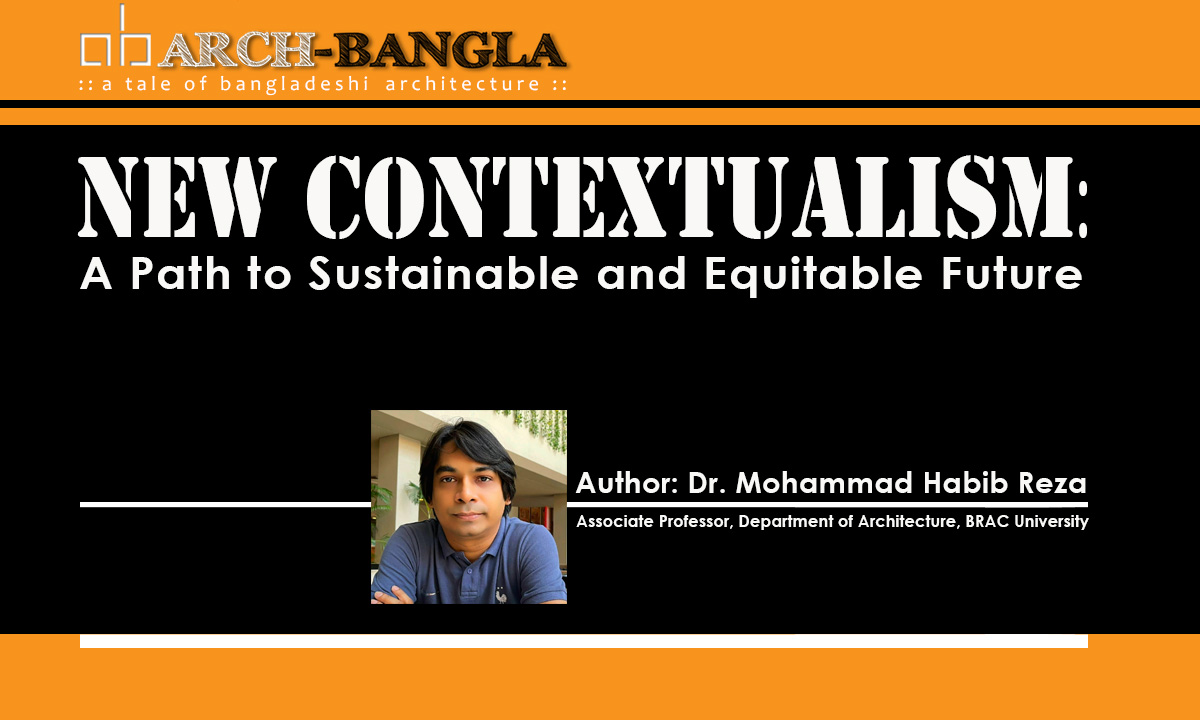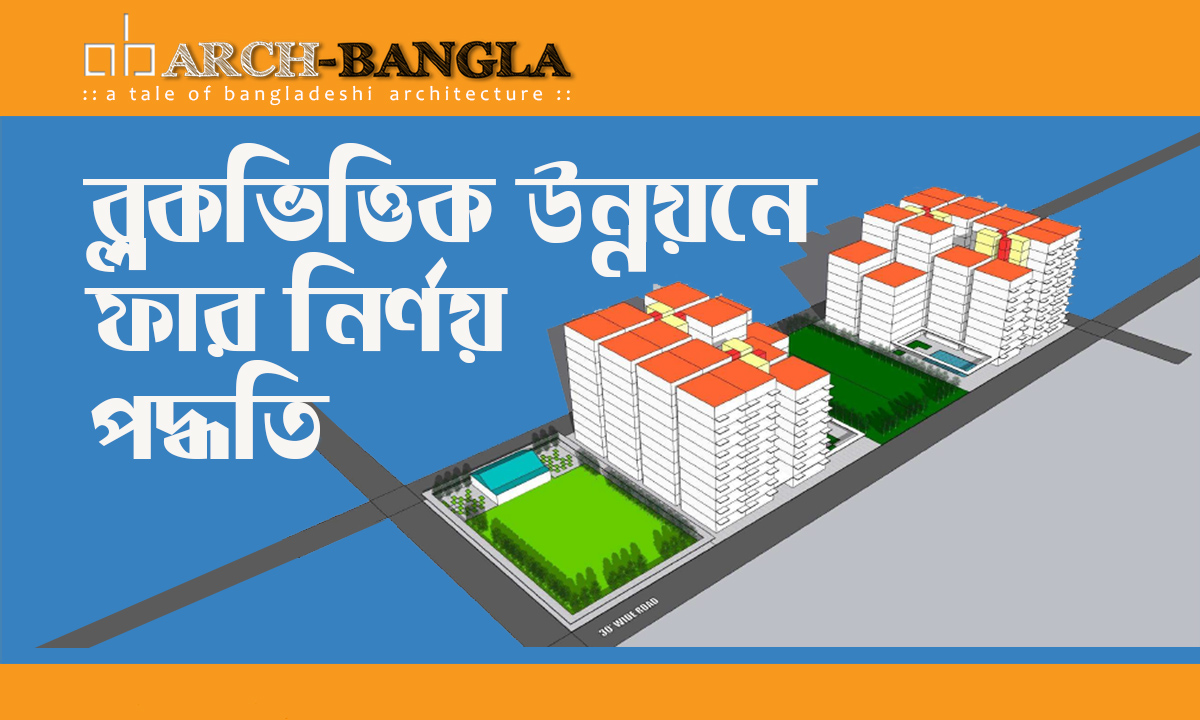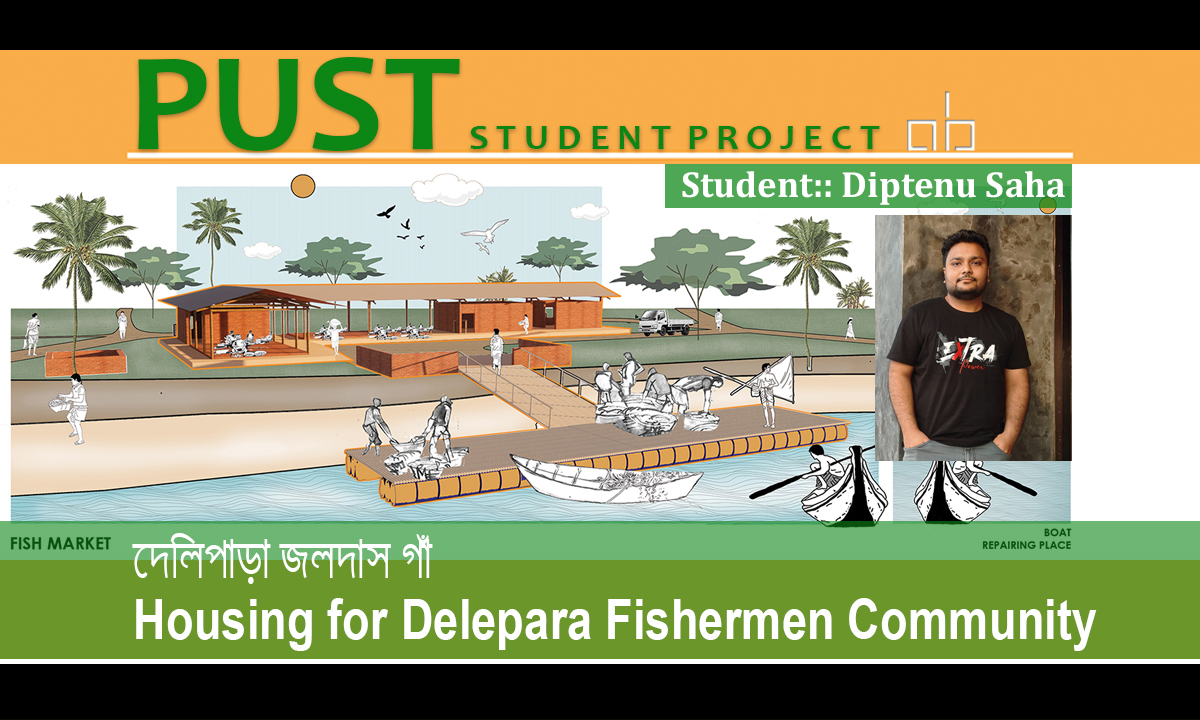Housing for Delepara Fishermen Community | PUST
Housing for Delepara Fishermen Community
Project Title : দেলিপাড়া জলদাস গাঁ: Housing for Delepara Fishermen Community.
Name: DIPTENU SAHA
Studio: X (Thesis)
University: Pabna University of Science & Technology
Studio Master: Sonjit Kumar Nath, Bijoy Dash Gupta, Audity Biswas and Laila Arzumand Banu.
দেলিপাড়া জলদাস গাঁ:
Housing for Delepara Fishermen Community.
Location: North Selimpur,Chattogram.
জলদাস or ‘Water Slave’ is a fishermen’s community located in Delepara village, Chattogram. In this community, 100% of the population is Hindu. The most colorful and vibrant aspects of their lifestyle are the festivals, which they celebrate through various pujas and events.

The government has proposed a housing project for the community with the provision of a 2,200-square-foot area for each family with living quarters and other facilities. The project is proposed by Diptenu Saha a student of Dept. of Architecture, Pabna University of Science and Technology (PUST), Design studio X, under the instructions of: Sonjit Kumar Nath, Bijoy Dash Gupta, Audity Biswas and Laila Arzumand Banu.

There are three existing temples, four existing water bodies, and three entrance points to the site. This proposal includes a central pedestrian path between the temples and water bodies, as well as the provision of adequate space for religious activities around the temples. This linear arrangement is suitable for fisherman’s preparation and repair work. A total of 120 housing units with functional courtyards distributed in four zones around four water bodies and existing temples. The inner courtyard helps them to manage their daily work like drying paddy and pickle, children playing area, repairing the net in wet season, etc. The outer court is used to dry, prepare or repair the fish net. A fish market in front of the channel is proposed so that they can sell their catch to the local vendors. The amenities like pre-school, boat repairing workshop, community multipurpose hall, local market for everyday supplies and a play field are also proposed.
Each housing unit consists of two bedrooms, one kitchen, one prayer room (pooja ghor), one bathing space, one separate toilet, one tubewell, and a flexible courtyard consisting of a Holy Basil (Tulsi) tree for puja purposes. The total area of each module is 2200 sq. ft where there is a small courtyard (350 sq. ft) and green space (80 sq. feet) for cultivation. In the cluster, the idea is to join 2 inner courts to form a linear space for the fisherman’s daily work. The housing module can be extended vertically in the future. It can be extended up to 2 or 3 more bedrooms, if needed.


Locally sourced materials are prioritized in the construction process. The proposed module features a bamboo floor (future extension), a galvanized iron corrugated sheet roof, brick walls and a plinth with concrete finish. The windows are designed with louvres and double swing to maximize the daylight and natural ventilation while keeping privacy in the context of a rural community.


